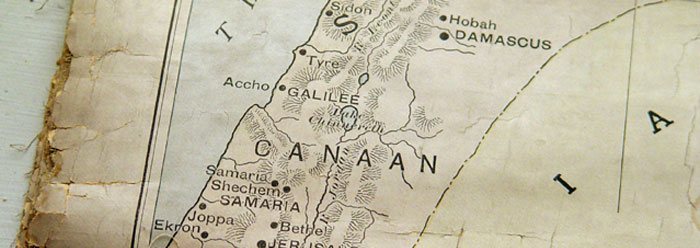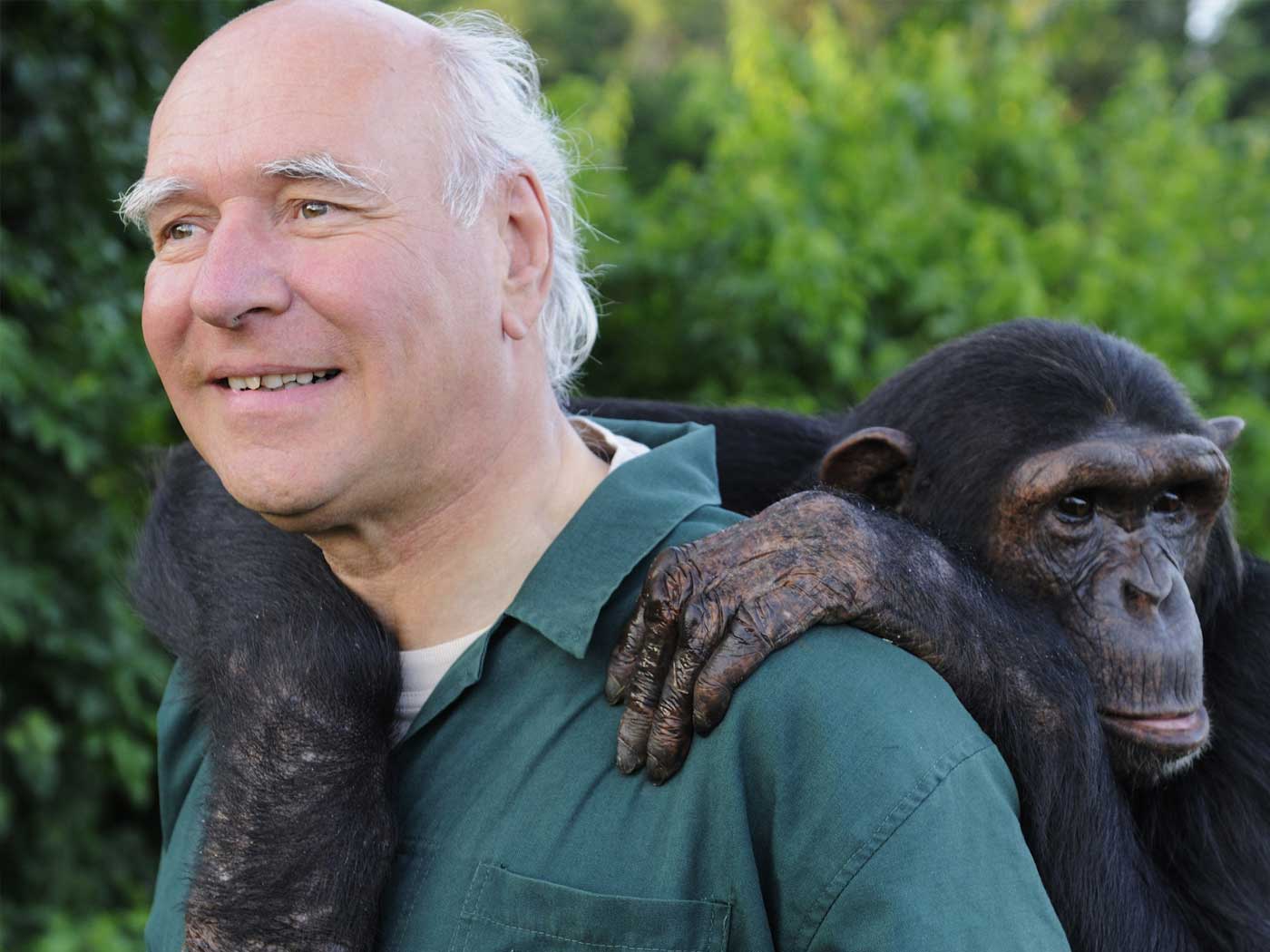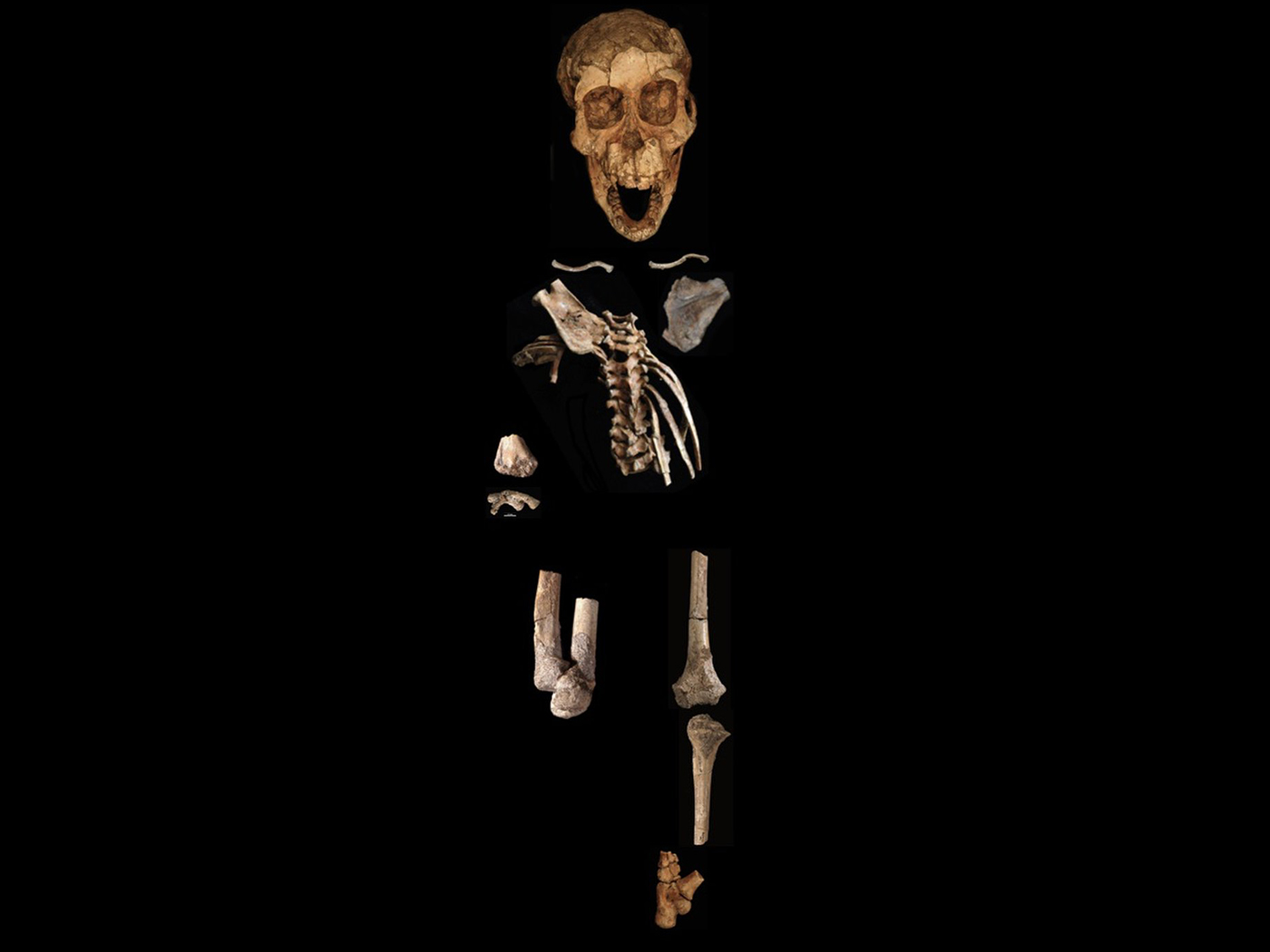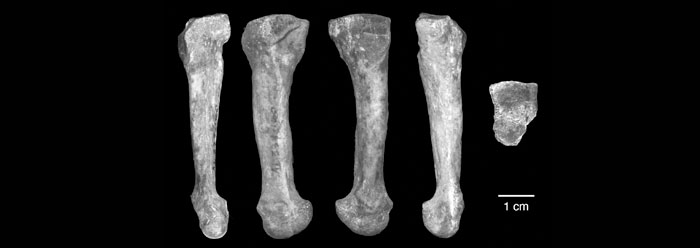"Australopithocines evolved into Homo erectus around 1.5 million years ago and Homo erectus, in turn, evolved into Homo sapiens around 400,000 years ago." This is presented to school children as no less certain than Washington's crossing of the Delaware. The statement makes dual claims: (1) there are fundamental anatomical differences between these three categories, and (2) each occurs in the right time frame. Let us examine these claims.
The anatomical differences between these three groups must be very substantial for the statement to have any meaning. Any anthropologist should be able to spot a Homo erectus on a crowded subway train, even clean-shaven and in a business suit, as different from modern humans. Not so. In fact, leading anthropologists Milford H. Wolpoff (University of Michigan), William S. Laughlin (U. of Connecticut), Gabriel Ward Lasker (Wayne State U.), Kenneth A. R. Kennedy (Cornell), Jerome Cybulski (National Museum of Man, Ottawa), and Donald Johanson (Institute of Human Origins) find the differences between these fossil categories to be so small that they have wondered in print if H. sapiens and H. erectus are one and the same. Fossils classified as H. erectus all share a set of "primitive" traits including a sloping forehead and large brow ridges, yet these all fall comfortably within the range of what are called normal humans today. For example, the very same traits are found in some modern people groups, including Eskimos! Eskimos might not like being referred to as "primitive" humans, yet evolutionists must do so if they are to be consistent. There are a lot of problems with the continued use of this taxon, yet it is essential to the evolution story.
The second truth claim embedded within the statement given to school kids has to do with these fossils occurring in the right time frame. For example, fossils with a H. erectus anatomy should be found exclusively in rocks that are older than those with its youthful descendents, "anatomically-modern" humans. This is decidedly not the case. Putting aside the validity of age-dates for a moment, the range for H. erectus is usually given at between about 1.5 million years and 400,000 years. Studiously avoided in most museum depictions is the fact that fossils with a H. erectus anatomy that are younger than 400,000 years number well over 100, including some as young as 6000 years. Even more amazing is this: fossil humans that are easily interpreted as "anatomically modern" (i.e., non-H. erectus) have been found in rocks that are much older than 1.5 million years. From a dozen different sites have come cranial fragments, including one good skull, teeth, several arm and leg bones, a fossil trackway, and stone structure that each screams out "modern human." The trackways at Laetoli, Tanzania, dated at 3.6 million years, and tibia (leg bone) and humerus (arm bone) from Kanapoi, Kenya, dated at 3.5 million, are especially significant for these pre-date even "Lucy," the celebrated upright-walking ape. These embarrassments have been revised, reinterpreted, and re-dated, but will not go away.
Keep these things in mind the next time you hear of a "missing link" being reported, for example, between H. erectus and modern man (as has been in the recent popular press). God made His creatures to reproduce "after their own kind," and it appears from the fossils that they have done just that.
* William A. Hoesch, M.S. geology, is an ICR Research Assistant in Geology.























